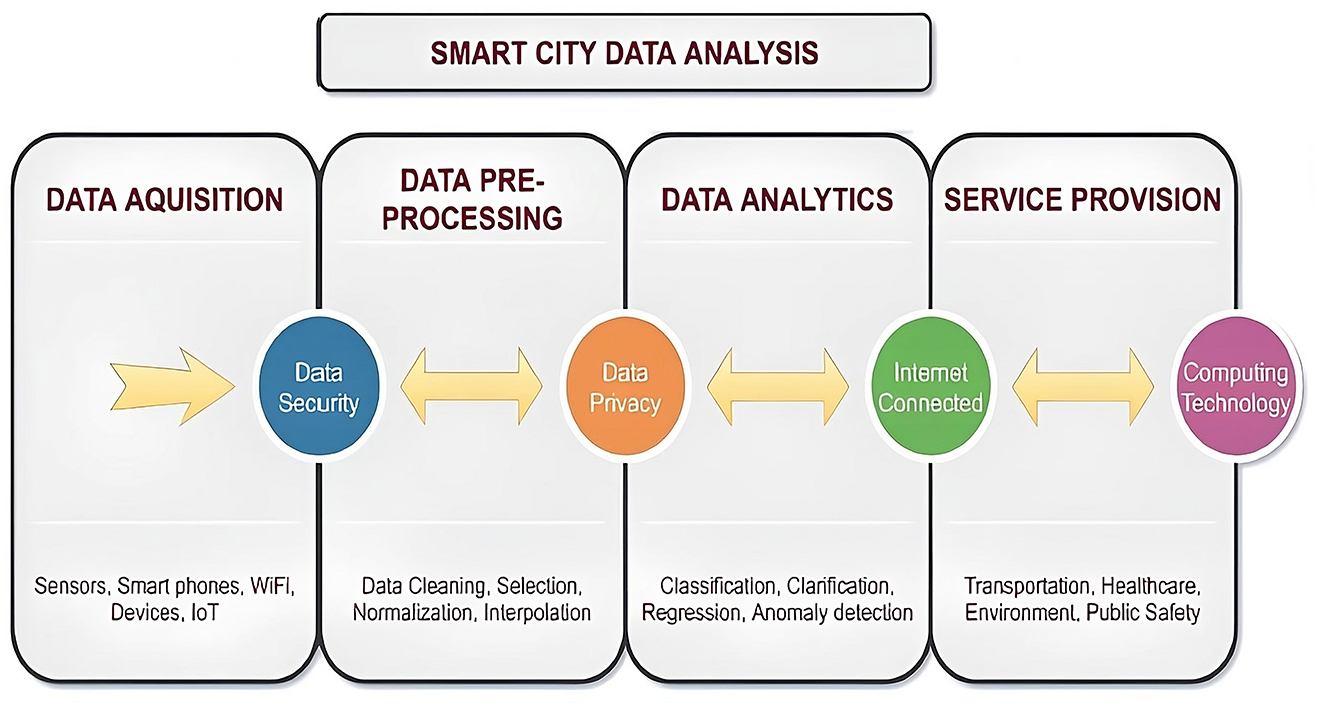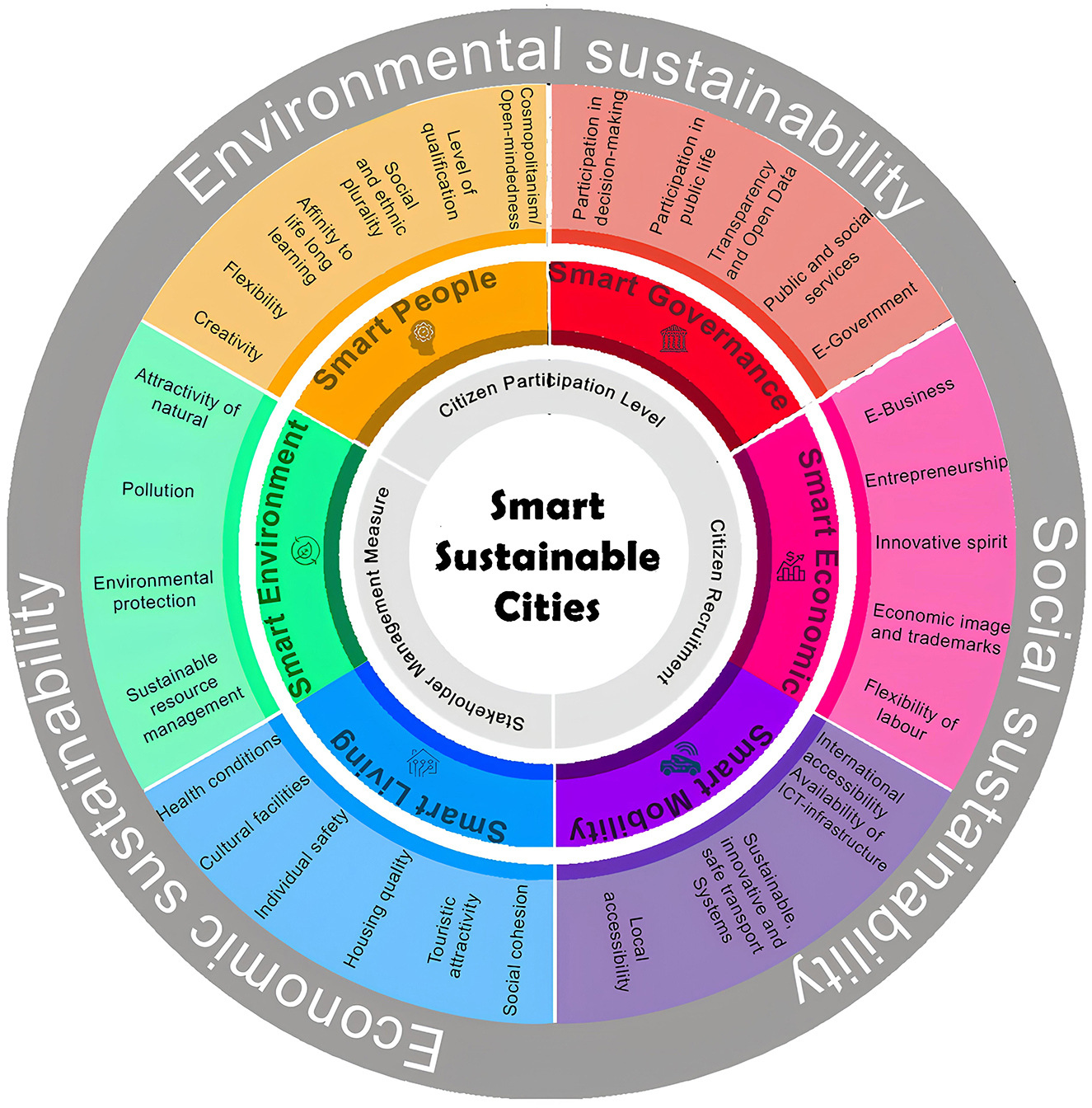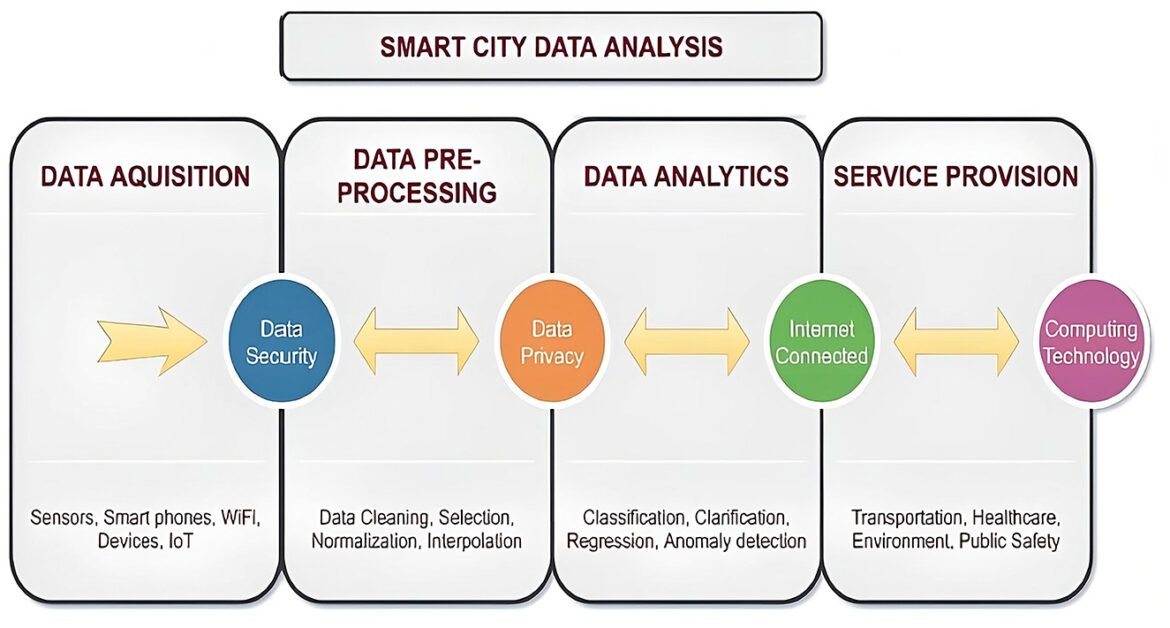
Introduction
Definition of Machine Learning
Machine learning, a subset of artificial intelligence, involves the use of algorithms and statistical models that enable systems to perform tasks without explicit instructions. Essentially, it’s about teaching computers to learn from data and make predictions or decisions based on that data. As urban environments become increasingly complex, the power of machine learning is tapping into the vast amounts of information generated within smart cities, driving innovation and efficiency. For instance, when a machine learning model analyzes traffic patterns, it can not only predict congestion points but also suggest optimal routes in real-time.
Overview of Smart Cities Development
The concept of smart cities revolves around using technology and data to enhance the quality of urban life. As cities grow and evolve, so do the challenges they face—traffic congestion, energy consumption, waste management, and public safety. Integrating machine learning into smart city development presents viable solutions to these challenges by:
- Streamlining public services
- Improving infrastructure resilience
- Enhancing environmental sustainability
In recent years, many cities have begun implementing smart systems that utilize data analytics and machine learning to create more responsive and adaptable urban environments. For example, Barcelona has deployed smart lighting systems that adjust based on pedestrian movement—demonstrating the real potential of smart cities as we harness technology for the common good. Thus, understanding how machine learning is influencing smart city development is crucial for fostering sustainable urban ecosystems.

Implementing Machine Learning in Smart Cities
Enhancing Public Transportation Systems
Public transportation is the backbone of any urban area, and machine learning is revolutionizing how these systems operate. By utilizing real-time data from various sources—such as GPS systems, ticketing platforms, and social media—cities are able to optimize transit routes and schedules. For example, cities like San Francisco have employed machine learning algorithms to analyze ridership patterns, which enable them to adjust bus frequencies based on demand.
Key benefits include:
- Reduced Wait Times: Real-time analysis helps to ensure that transport services are more aligned with actual passenger requirements.
- Predictive Maintenance: By analyzing historical maintenance data and machine performance, cities can predict equipment failures before they occur, minimizing downtime.
Optimizing Energy Consumption
Energy management is another area where machine learning shines. With the growing emphasis on sustainability, smart cities are harnessing algorithms to analyze energy usage and create more efficient consumption models. For instance, in places like Amsterdam, machine learning models forecast energy consumption patterns, allowing utilities to better match supply with demand.
Consider the following advantages:
- Dynamic Pricing: Energy prices can be adjusted based on usage forecasts, encouraging off-peak consumption.
- Smart Grids: Advanced prediction models help in managing distributed energy resources, ensuring stability in power supply.
Through these implementations, not only does urban efficiency increase, but it also enhances the quality of life for residents, paving the way for a more sustainable future.

Improving Urban Planning with Machine Learning
Data-driven Decision Making
Urban planning in smart cities is becoming increasingly data-centric, thanks to the advancements in machine learning. By analyzing vast datasets—from census data to social media activity—city planners can make informed decisions that reflect the needs and behaviors of the populace. For example, when I visited a smart city project in Singapore, I was amazed at how planners utilized mobile data traffic patterns to identify high-density living areas that required more public amenities.
Key advantages of data-driven decision making include:
- Informed Resource Allocation: Planners can pinpoint where resources are most needed, ensuring efficient use of budgets.
- Enhanced Community Engagement: Machine learning insights can be used in public consultations to communicate effectively with residents, gaining their feedback on proposed developments.
Predictive Analytics for Infrastructure Development
Predictive analytics, powered by machine learning, further enhances urban planning by forecasting future infrastructure needs. Cities can analyze historical data to predict traffic flows, population growth, and resource demands, allowing proactive measures before issues arise.
- Traffic Projections: For instance, Detroit uses predictive models to unveil future congestion points, enabling the timely expansion of roadways and public transit systems.
- Sustainable Development: Planners can anticipate infrastructure requirements for electric vehicles, ensuring that charging stations are strategically positioned.
By embracing data-driven approaches and predictive analytics, urban planners are enhancing the efficiency and sustainability of cities, ultimately leading to smarter urban environments.

Ensuring Sustainability through Machine Learning
Waste Management Solutions
Sustainability is at the heart of smart city initiatives, and machine learning plays a pivotal role in improving waste management systems. Traditionally, waste collection schedules have relied on fixed routes, often leading to inefficiencies. However, cities are now leveraging machine learning algorithms to optimize these routes based on real-time data. For instance, during a visit to a smart city initiative in Seoul, I witnessed firsthand how a machine learning model analyzed garbage bin fill levels, resulting in more efficient collection schedules and reduced fuel consumption.
Key benefits of machine learning in waste management include:
- Demand-based Collection: Sensors coupled with predictive analytics help forecast waste generation and adjust collection frequency accordingly.
- Recycling Optimization: Machine learning can identify material types to enhance recycling processes, increasing diversion rates from landfills.
Monitoring Air Quality
Air quality monitoring is another crucial area where machine learning contributes to urban sustainability. By analyzing data from various sensors around the city, machine learning models can provide real-time information about pollution levels. Cities like Los Angeles have implemented these technologies to track emissions and enforce policies based on data-driven insights.
The advantages are profound:
- Pollution Forecasting: Predictive models can forecast pollution spikes, enabling timely public health warnings.
- Targeted Interventions: With detailed data, cities can identify pollution hotspots and implement targeted measures to improve air quality.
By embracing these machine learning applications, cities can move toward more sustainable and healthy urban environments.

Addressing Security and Privacy Concerns
Data Security in Smart Cities
As smart cities increasingly rely on data-driven technologies, ensuring data security has become paramount. The integration of IoT devices and sensors generates vast amounts of data, making urban environments attractive targets for cyber threats. During a recent seminar on smart city innovations in Toronto, I learned of a city that faced significant disruptions due to a data breach. This underscored the need for robust security measures.
Key strategies for enhancing data security include:
- Encryption Protocols: Implementing strong encryption for data transmission protects sensitive information from unauthorized access.
- Access Control: Limiting access to critical systems and data only to necessary personnel can significantly reduce risk potential.
Privacy Protection Measures
Alongside data security, addressing privacy concerns is crucial for gaining public trust in smart city initiatives. Citizens often worry about how their data is collected, stored, and used. To alleviate these concerns, cities are adopting privacy protection measures. For instance, when I explored a smart city project in Amsterdam, I was impressed by the transparent policies that allowed residents to control their personal data.
Effective privacy protection measures can include:
- Anonymization of Data: Removing personal identifiers from datasets minimizes the risk of privacy violations.
- Public Engagement: Actively involving citizens in discussions about data usage increases transparency and fosters trust.
By prioritizing data security and privacy protection, smart cities can ensure that their innovations are not only efficient but also respectful of citizens’ rights and concerns.

Challenges and Future Directions
Legal and Ethical Considerations
As machine learning becomes more embedded in the fabric of smart cities, a host of legal and ethical challenges emerge. From my experience attending a conference on urban technology, I found that many city officials are wrestling with questions regarding consent, surveillance, and data ownership. Residents often feel uneasy about how their data is used, raising pressing ethical dilemmas.
Key legal and ethical considerations include:
- Informed Consent: Ensuring that citizens understand what data is collected and how it will be used is vital for maintaining public trust.
- Bias in Algorithms: Machine learning systems can inadvertently perpetuate biases present in the training data. Cities must actively work to identify and mitigate these biases to ensure fair treatment across demographics.
Evolution of Machine Learning in Smart Cities
Looking ahead, the evolution of machine learning in smart cities holds enormous potential. Innovations are not just about efficiency but also about enhancing quality of life. During my time in Barcelona, I noted how machine learning is continually adapting to meet the unique needs of urban life, such as predicting traffic patterns or optimizing energy use.
Future directions include:
- Greater Interoperability: As cities implement diverse technologies, ensuring these systems can communicate and cooperate will be crucial.
- Enhanced Public Collaboration: Leveraging citizen feedback will lead to more equitable urban development driven by a collective understanding of community needs.
By facing these challenges head-on, cities can evolve machine learning applications to create responsive and inclusive smart environments for all residents.

Conclusion
Benefits of Machine Learning in Smart Cities
As we’ve explored throughout this discussion, the integration of machine learning into smart cities offers a multitude of benefits that enhance urban living. From optimizing public transportation and improving waste management to ensuring air quality and facilitating data-driven urban planning, the applications of this technology are vast and impactful.
Some standout benefits include:
- Increased Efficiency: Processes become streamlined, reducing costs and improving service delivery.
- Enhanced Quality of Life: Real-time data allows cities to respond to citizens’ needs promptly, ensuring a safer and healthier environment.
- Sustainability: Machine learning promotes better resource management and environmental conservation, paving the way for greener cities.
Call to Action for Sustainable Urban Development
As we stand at the cusp of a technological revolution in urban environments, it is essential for all stakeholders—governments, tech companies, and citizens—to collaborate on sustainable urban development. The journey toward smart cities is not merely a technological endeavor; it is a commitment to building communities that prioritize well-being, equity, and sustainability.
Let’s advocate for responsible data practices, champion clean technology initiatives, and foster engagement with our local governments. By participating in discussions, sharing insights, and demanding transparency, we can collectively harness the power of machine learning to create smarter, more resilient cities for future generations. Together, we can ensure that urban life thrives in harmony with technological advancement.

